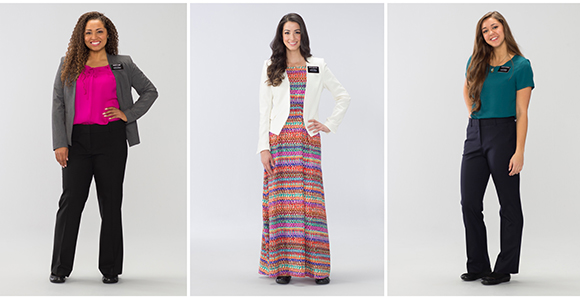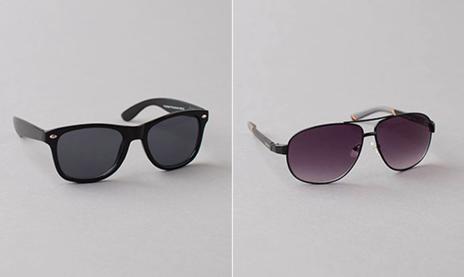New Guidelines Allow Slacks for Female Missionaries in Mosquito-Prone Areas

Women serving missions can wear dress slacks or long skirts or dresses in areas impacted by mosquito-borne illnesses like the Zika virus, dengue fever, or chikungunya.
Related Links
The Church has released new health and safety guidelines—which allow sister missionaries to wear dress slacks—to better protect missionaries in certain areas of the world from mosquito-borne viral diseases such as dengue fever, chikungunya, and Zika.
“Major governmental agencies concerned with health care and disease prevention have recently issued alerts and precautions about the spread of mosquito-borne viral diseases throughout major areas of the world,” said Elder Gregory A. Schwitzer, assistant executive director in the Missionary Department and the chairman of the Missionary Medical Health Services Division.
In the 230 missions, or roughly half of the Church's missions, where there is significant risk of mosquito-borne diseases, missionaries are strongly encouraged to wear clothing that covers exposed skin, especially arms and legs. Sister missionaries serving in the affected missions are encouraged to wear full-length dress slacks during proselytizing activities. They will continue to wear skirts or dresses when attending the temple and during Sunday worship services, conferences and baptismal services. In areas where it is not acceptable for women (including sister missionaries) to wear dress slacks, they are encouraged to wear long skirts to protect themselves from mosquito bites.
The new guidelines apply only during the wet seasons, when the risk for mosquito-borne illnesses is high. Information is being sent to all mission presidents and will also be provided to newly called missionaries. Those areas include parts of Africa, Asia, Caribbean, Central America, Europe, Mexico, Pacific, Philippines and South America.
In addition, the Church has announced it will now pay for permethrin insecticide solution and DEET-containing insect repellant for all missionaries worldwide. Full-time missionaries in mosquito-infested areas have been encouraged for many years to wear permethrin-treated clothing and regularly apply DEET-containing repellants.
“We are encouraging and training our missionary force to implement these preventative measures and would also encourage the general membership to consider these measures for themselves and their families,” added Elder Schwitzer.
“We will continue to monitor and evaluate the spread of these diseases and, where needed, make adjustments in these guidelines, giving highest priority to missionary health and safety,” said the statement from the First Presidency. “We continue to recommend that missionaries avoid stagnant and standing water, where possible, particularly around residential areas and in their apartments.”

Examples of sunglasses missionaries can wear.
Other new missionary dress and grooming guidelines announced May 18 allow missionaries to wear approved wide-brimmed hats and “simple and conservative” sunglasses as protection from the sun.
Examples of appropriate clothing, hats, and sunglasses can be viewed on the Missionary Dress and Grooming website at missionary.ChurchofJesusChrist.org/clothing.
